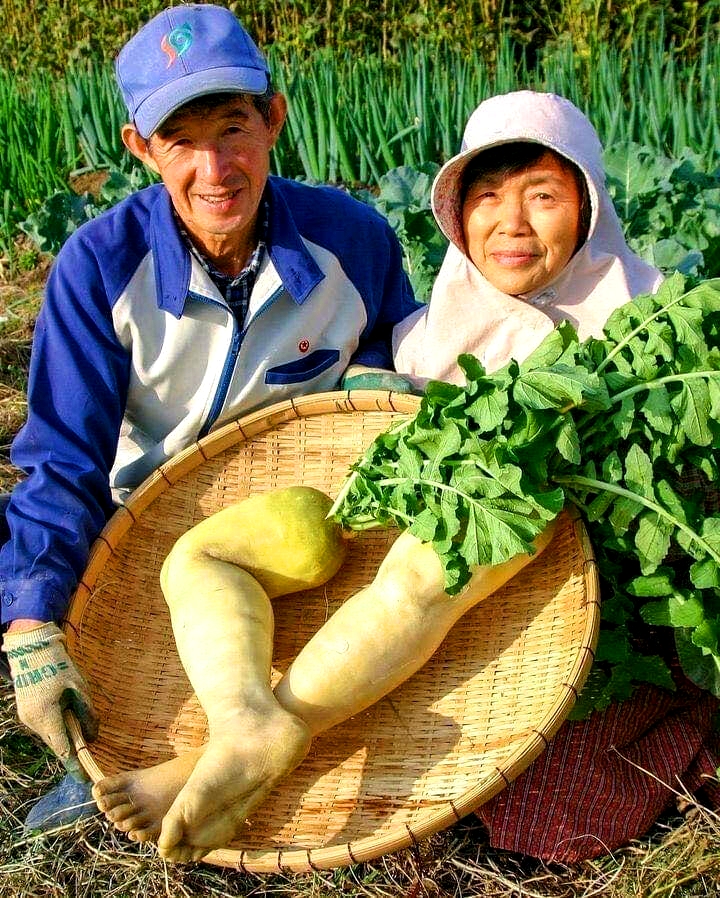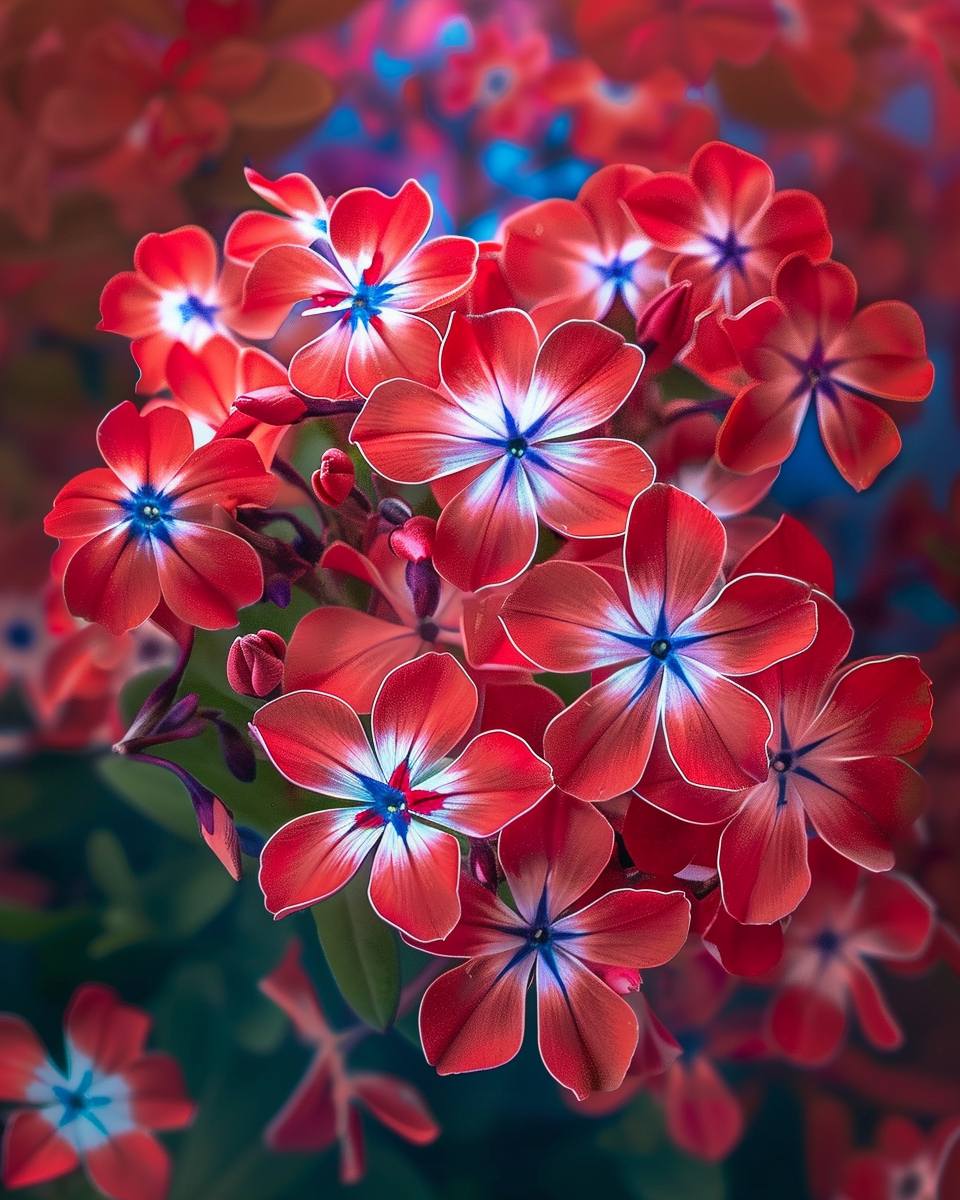It tells the story of the first drop of blood between the two brothers “Abel and Cain”, Dragon’s Blood is the most important long-lived tree on the island, which shorthand is the most important aromatic trees located in the Hajhar, Ayhavt and mountainous area. island series. It is truly a blessed tree and a sign of beauty for which the island of Socotra in Yemen is characterized among the trees of the world. These trees grow abundantly on the rocky soil of the island at an altitude of 2,000 to 5,000 feet above sea level, and according to ancient folk beliefs, the tree disturbs jinn and expels ghosts and evil spirits from human and animal bodies.

His name is related to the myth that was passed from generation to generation in Yemen, which tells the story of the first drop of blood and the first bleeding between the two brothers Cain and Abel, and according to legend, Cain and Abel were the first to they lived on the island of Socotra, and when the first historical murder – mentioned in the Holy Qur’an – in history took place and blood was shed, the Dragon’s Blood tree germinated, which is the tree of the blood of the two brothers. Cain and Abel. while historical sources say it dates back to the early 1st millennium BC.

The dragon’s blood tree has a unique and bizarre appearance, with an “inverted, densely packed crown that is in the shape of an upright umbrella.” This evergreen species is named for its dark red resin, which is known as “dragon’s blood.” Unlike most monocot plants, Dracaena displays secondary growth, D. cinnabari even has growth zones that resemble tree rings found in dicot tree species. Along with other arborescent Dracaena species, it has a distinctive growth habit called the “dracoid habit”.[3] Its leaves are found only at the end of its youngest branches; all its leaves are shed every 3 or 4 years before the new leaves mature simultaneously. Branching tends to occur when growth of the terminal bud stops, either due to flowering or traumatic events (eg, herbivory).

Its fruits are small fleshy berries that contain between 1 and 4 seeds. As they develop, they turn from green to black, then turn orange when mature. The berries are eaten by birds (eg, Onychognatus species) and are therefore dispersed. The seeds measure between 4 and 5 mm in diameter and weigh an average of 68 mg.[4] The berries exude a deep red resin, known as dragon’s blood.[5]
Like other monocots, such as palms, the dragon’s blood tree grows from the tip of the stem, with the long, stiff leaves in dense rosettes at the end (4, 5, 7). Branches at maturity to produce an umbrella-shaped crown, with leaves up to 60 cm long and 3 cm wide. The trunk and branches of the Dragon’s Blood are thick and robust and display dichotomous branching, where each branch repeatedly divides into two sections.

The dragon’s blood tree normally produces its flowers around March, although blooming varies by location. The flowers tend to grow at the end of the branches. The plants bear inflorescences and bear small clusters of fragrant, white or green flowers. The fruits take five months to fully mature. The fruits are described as a fleshy berry, which changes from green to black as it gradually ripens. The fleshy berry ends up being an orange-red color containing one to three seeds. Birds and other animals often eat and disperse the berries.
The different shape of the dragon blood tree is an adaptation for surviving in arid conditions with little soil, such as on mountain tops. The large, compact crown provides shade and reduces evaporation. This shade also aids in the survival of seedlings growing under the adult tree, which explains why trees tend to grow closer together.

The first description of D. cinnabari was made during a survey of Socotra led by Lieutenant Wellsted of the East India Company in 1835. It was first named Pterocarpus draco, but in 1880, Scottish botanist Isaac Bayley Balfour made a formal description of it. the species. and renamed it Dracaena cinnabari.[6] Of between 60 and 100 Dracaena species, D. cinnabari is one of only six species that grow as trees.

Although most of its ecological habitats are still intact, there is a growing population with industrial and tourist development. This is putting more pressure on the vegetation through the process of logging, overgrazing, deforestation and infrastructure development plans. Although the dragon blood tree is widespread, it has become fragmented due to development that has occurred in their habitats. Many of their populations are suffering due to poor regeneration. Human activities have greatly reduced the Dragonborn population through overgrazing and feeding flowers and fruit to the island’s livestock. One of the biggest threats to the species is the gradual drying up of the Socotra archipelago, which has been an ongoing process for the past hundreds of years. This has resulted in non-flowering trees, and the duration of fog and clouds around the area also appears to be decreasing. The increase in arid environments is predicted to cause a 45 percent reduction in available habitat for D. cinnabari by the year 2080.[8]

Additional threats to the dragon’s blood tree include harvesting its resin and using the leaves to make rope. At present, some of the dragon blood trees have been used to make beehives. This was generally prohibited; this shows how the species can be threatened by a break in the traditional practices of the island. [citation needed]
The best preserved and largest stand of D. cinnabari is found on the limestone plateau called Rokeb di Firmihin. This roughly 1,300-acre (540-hectare) forest has numerous rare and endemic species. Research shows that in the coming decades the number of trees in this forest will decrease due to a lack of natural regeneration.

The trees can be harvested for their crimson red resin, called dragon’s blood, which was highly prized in the ancient world and is still used today. Around the Mediterranean basin it is used as a dye and as a medicine, Socotrans uses it ornamentally, as well as to dye wool, glue ceramics, freshen breath and lipstick. Due to the belief that it is the blood of the dragon, it is also used in rituals of magic and alchemy.[12] In 1883, Scottish botanist Isaac Bayley Balfour identified three grades of resin: the most valuable had a tear-like appearance, then a mixture of small chips and shards, with the least expensive being the mixture of shards and rubble.[6] The resin of D. cinnabari is believed to have been the original source of dragon’s blood until other plants were used in its place during the medieval and renaissance periods.[13]





